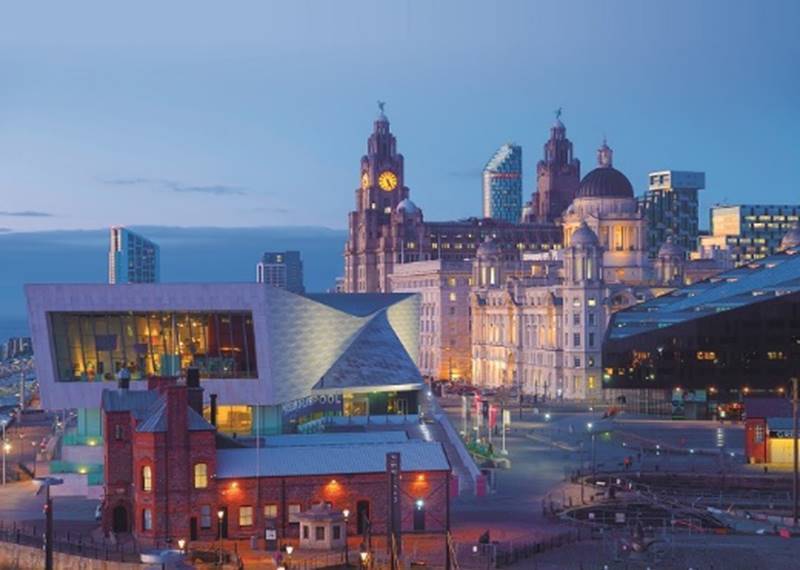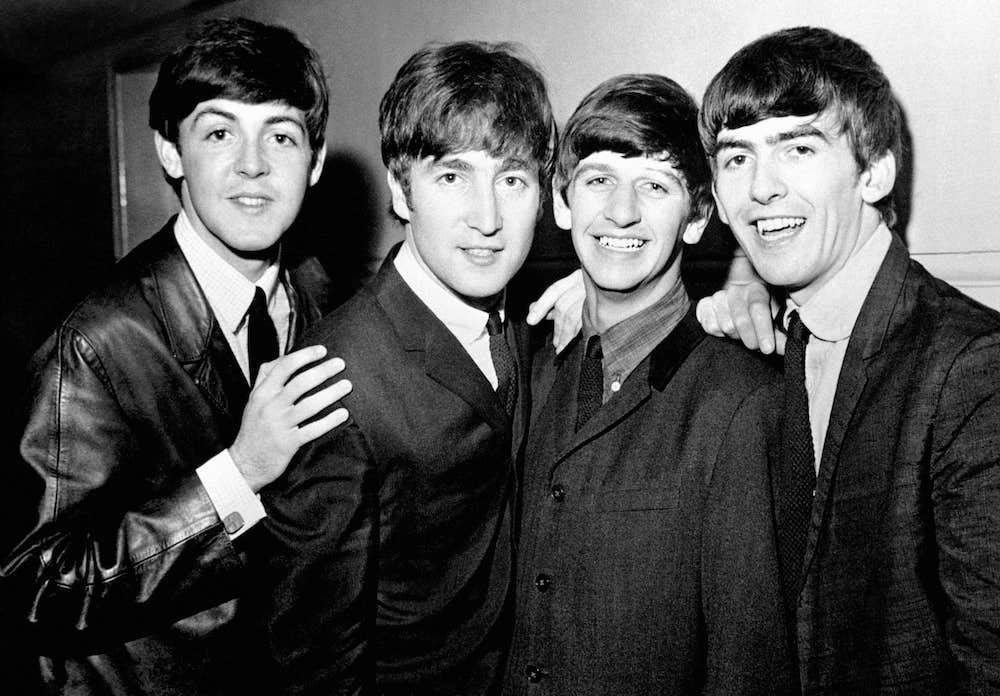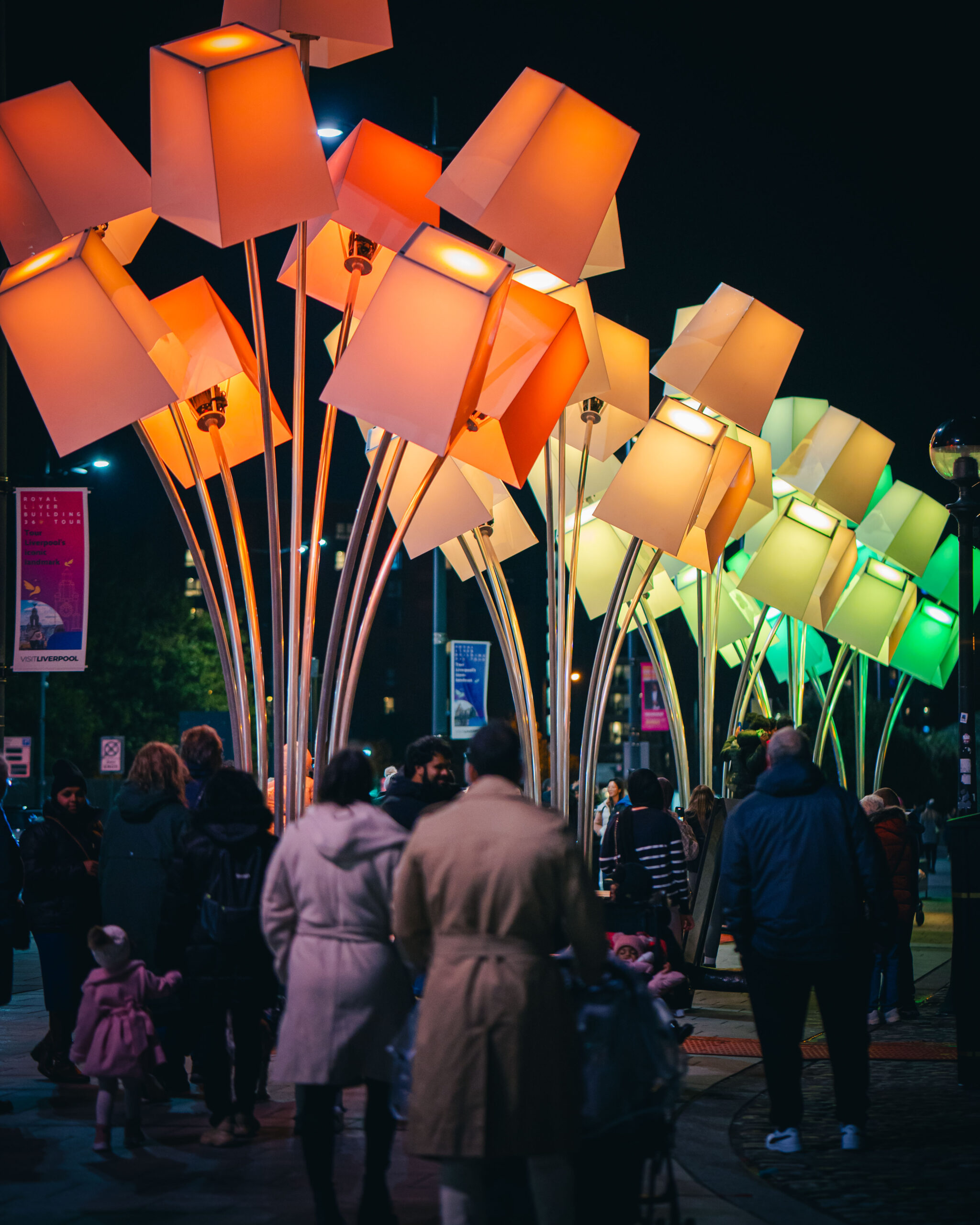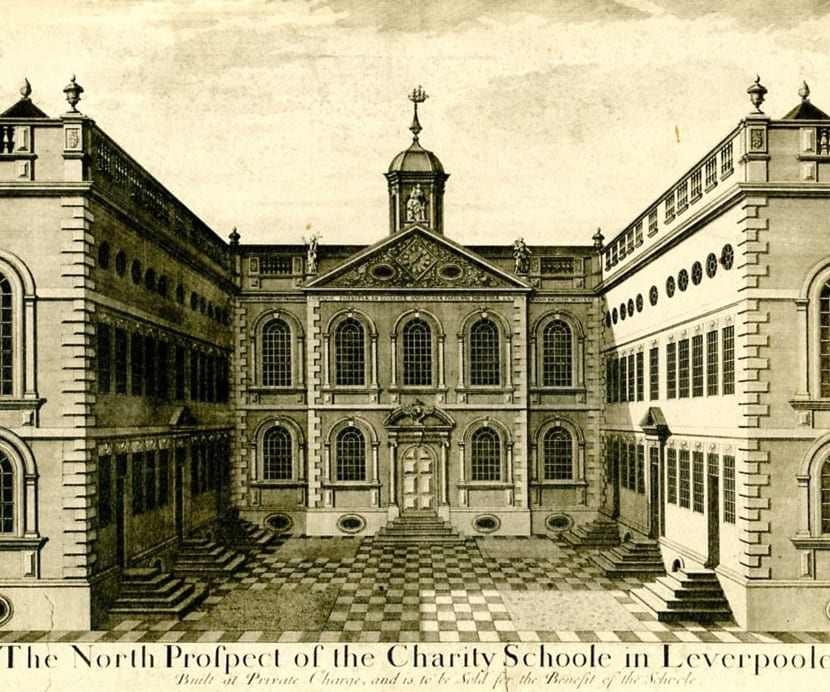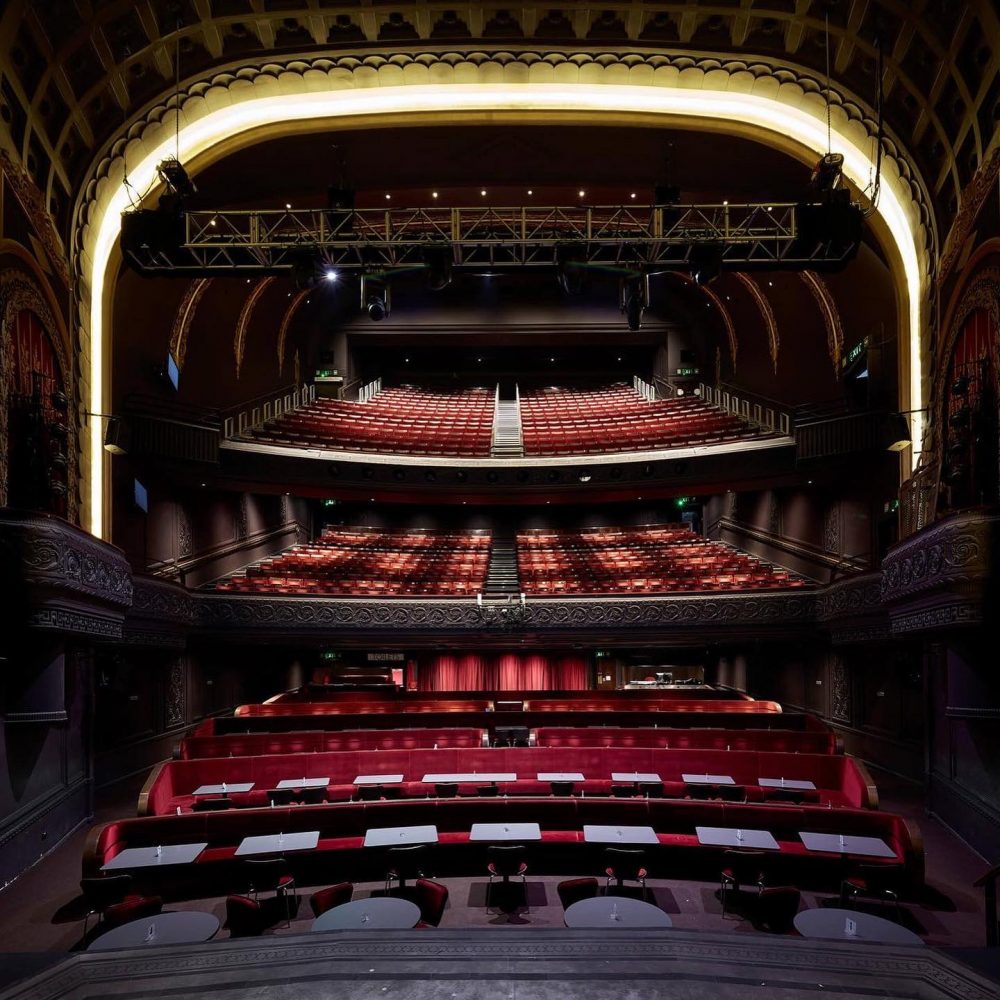
Culture
£1 Billion Initiative launched to explore the impact of Liverpool’s Waterfront Transformation
3 months ago
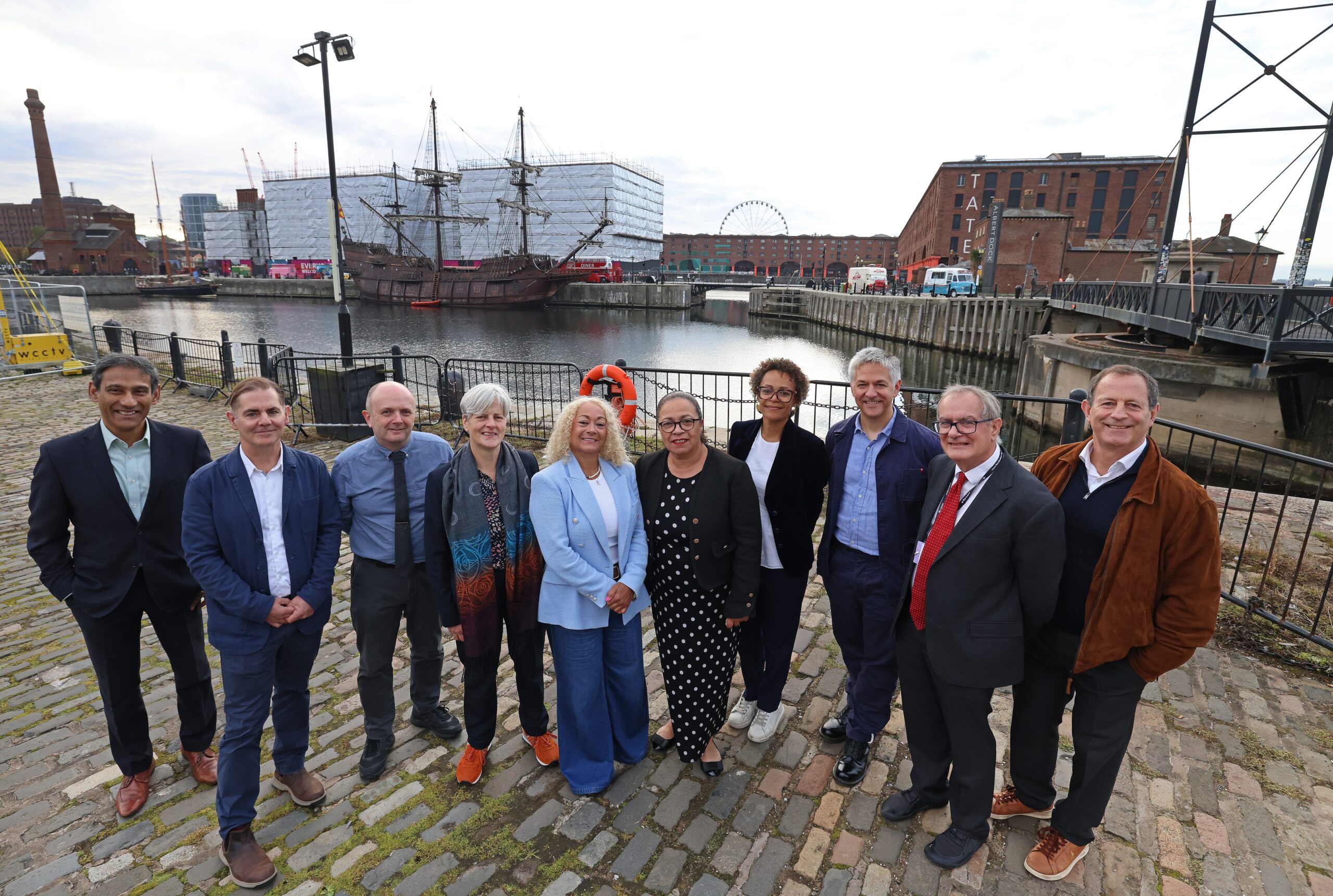
A major new study led by the University of Liverpool is set to examine the social and economic impact of National Museums Liverpool’s Waterfront Transformation Project, putting a spotlight on the redevelopment of the International Slavery Museum and the Maritime Museum.
Called the £1 Billion* Initiative, the research will explore how the project could generate more than £1 billion in social value locally, nationally and internationally. It launches as National Museums Liverpool releases a new fly-through film showing the most detailed look yet at the plans for both museums.
The project brings together National Museums Liverpool, the University of Liverpool’s Heritage Institute and Octopus Associates. The Heritage Institute will work with a consortium including Historic England, World Monuments Fund and academic experts from the US, Oman and Africa. Together, they’ll analyse how the Waterfront Transformation Project can boost community pride, tourism, creative industries and international partnerships.
The findings will help shape new ways of recognising the value of culture and heritage, challenging the idea that it’s a ‘soft power’ rather than a driver of change.
The Waterfront Transformation Project itself will completely reimagine the area between the Royal Albert Dock and Mann Island. The aim is to connect communities, improve public spaces and create a richer visitor experience by combining history, storytelling and hospitality in one of Liverpool’s most important cultural districts.
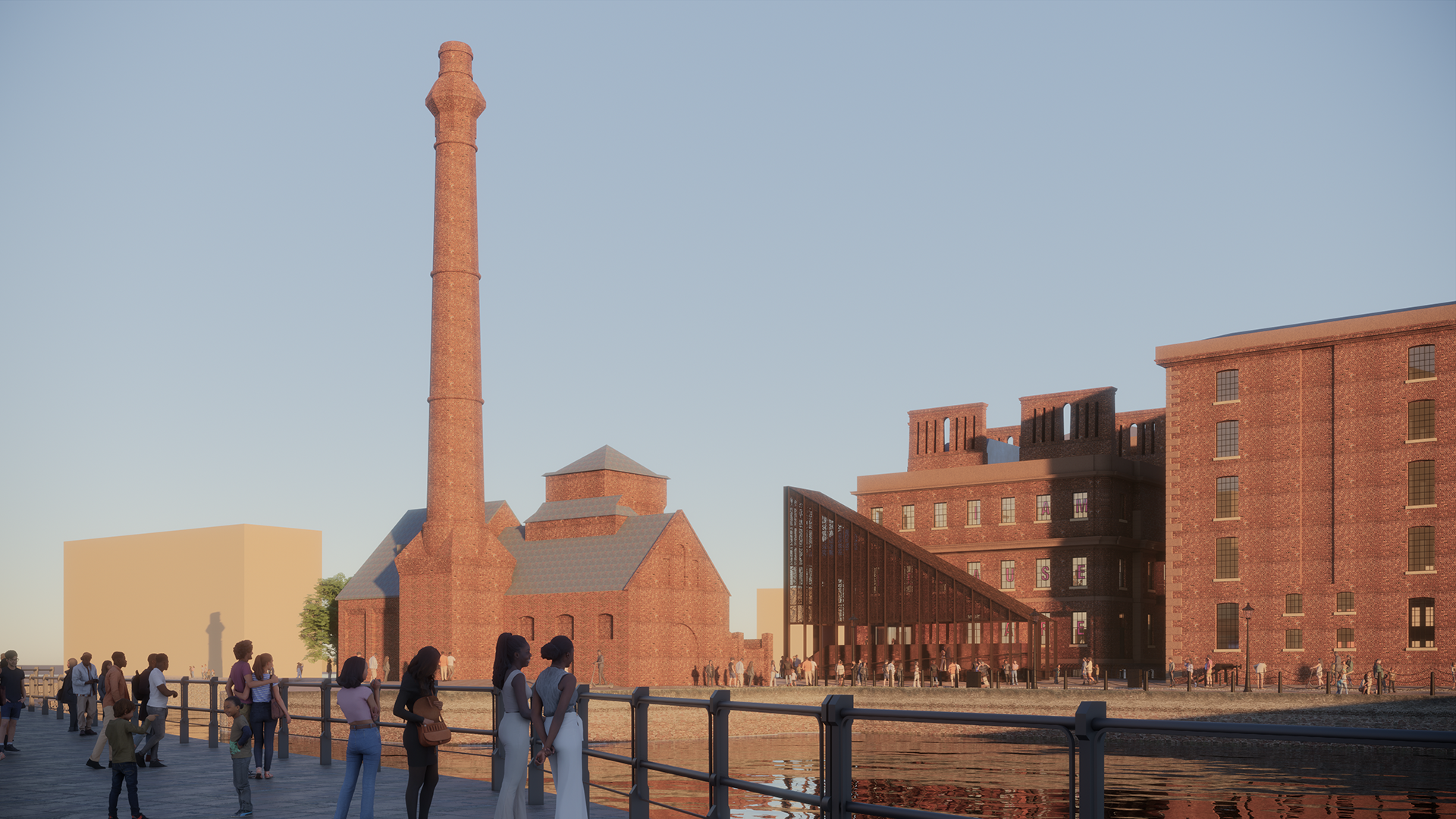
At the centre of the work are the International Slavery Museum and the Maritime Museum, both housed in Grade I-listed buildings: Hartley Pavilion and the Dr Martin Luther King Jr Building.
FCBStudios are leading the redevelopment, which includes a new entrance for the International Slavery Museum that reflects its national and global importance. Community input has been central, particularly calls for a visible and accessible entrance that reflects the museum’s place on the waterfront.
A new link bridge will connect the two buildings, giving visitors a moment to pause and take in views across the docks while reflecting on the stories inside.
The International Slavery Museum will also become home to the National Centre for Teaching Black History. The second floor of the Dr Martin Luther King Jr Building will be redeveloped as a dedicated learning space, with programmes connecting across NML’s wider collections and venues. Ralph Appelbaum Associates are designing the new exhibition spaces.
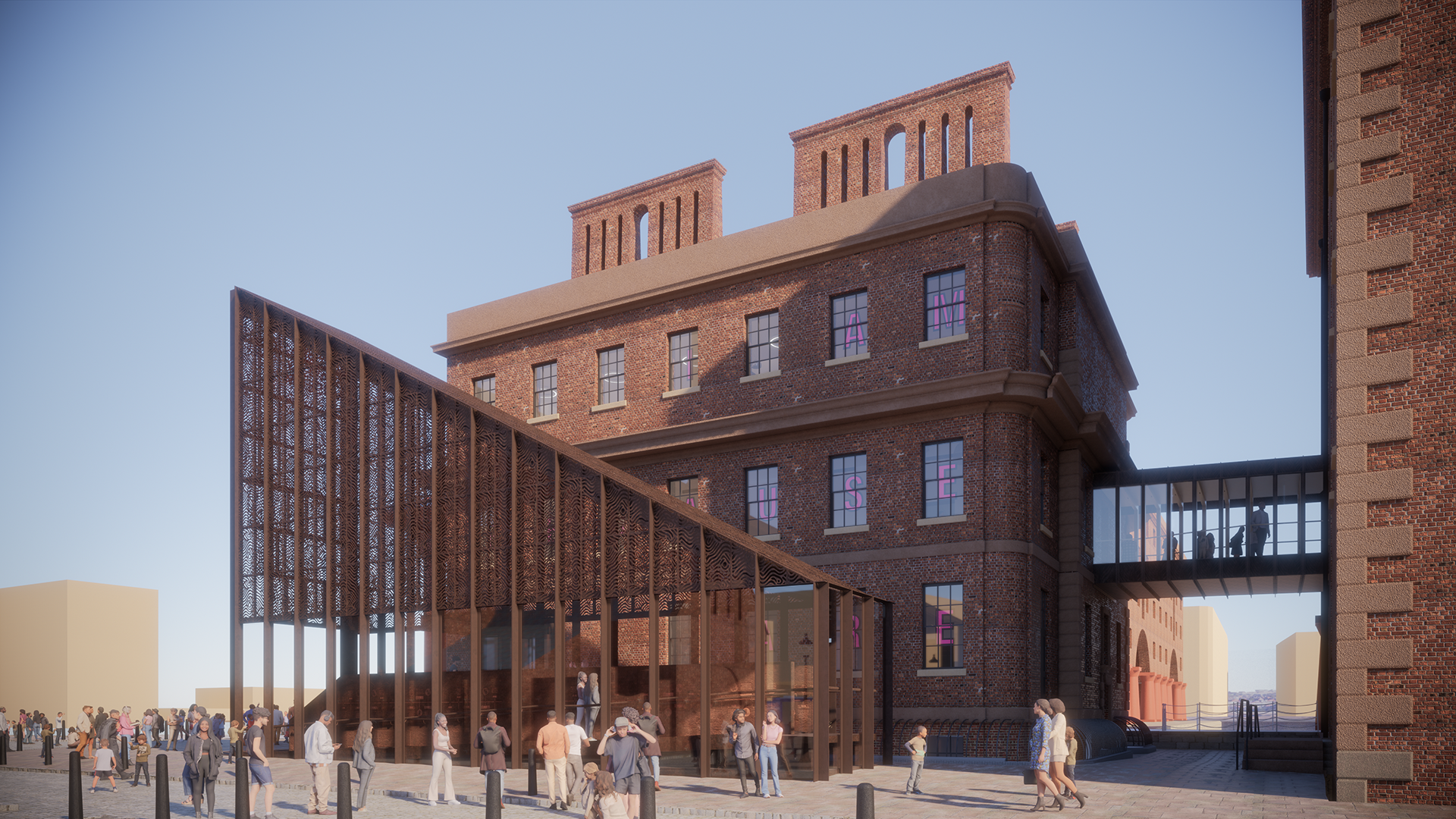
At the Maritime Museum, the redevelopment will create a clearer narrative of Liverpool’s maritime past. New galleries will focus on global trade, conflict and migration, and the ever-popular ‘Titanic and Liverpool’ gallery will be refreshed. A new entrance will offer visitors a better welcome into the building.
Professor Soumyen Bandyopadhyay, Director of the University of Liverpool’s Heritage Institute, said:
“The imbalance in who benefits from heritage is something we need to better understand. This study is about recognising how projects like this can generate social and cultural value and put heritage back at the heart of our communities.”
Vicky Smith, Executive Director at National Museums Liverpool, added:
“We already know how much this project means to the people we’re working with, but the University of Liverpool’s research gives us the evidence and insight to back that up. As we move into the next design stage, we’re more confident than ever in the national and international importance of these museums.”
Both the International Slavery Museum and Maritime Museum are due to reopen in 2029.
Get more info on the National museums Liverpool on their website.
Keep up to date with the latest news around the City Region here.
Find out what’s good up North on our new platform, The Northern Guide.



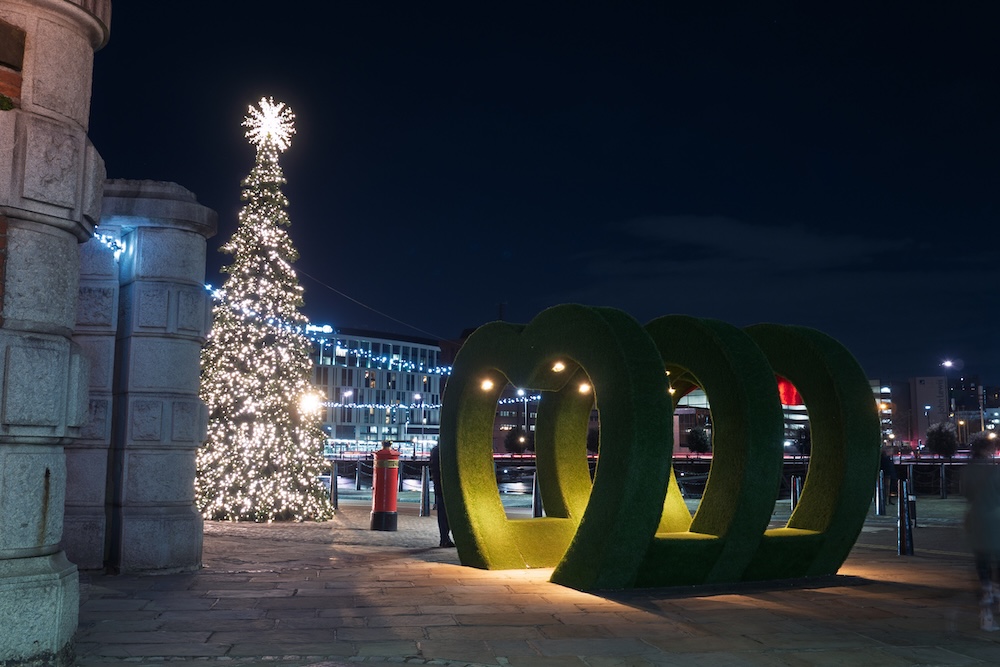
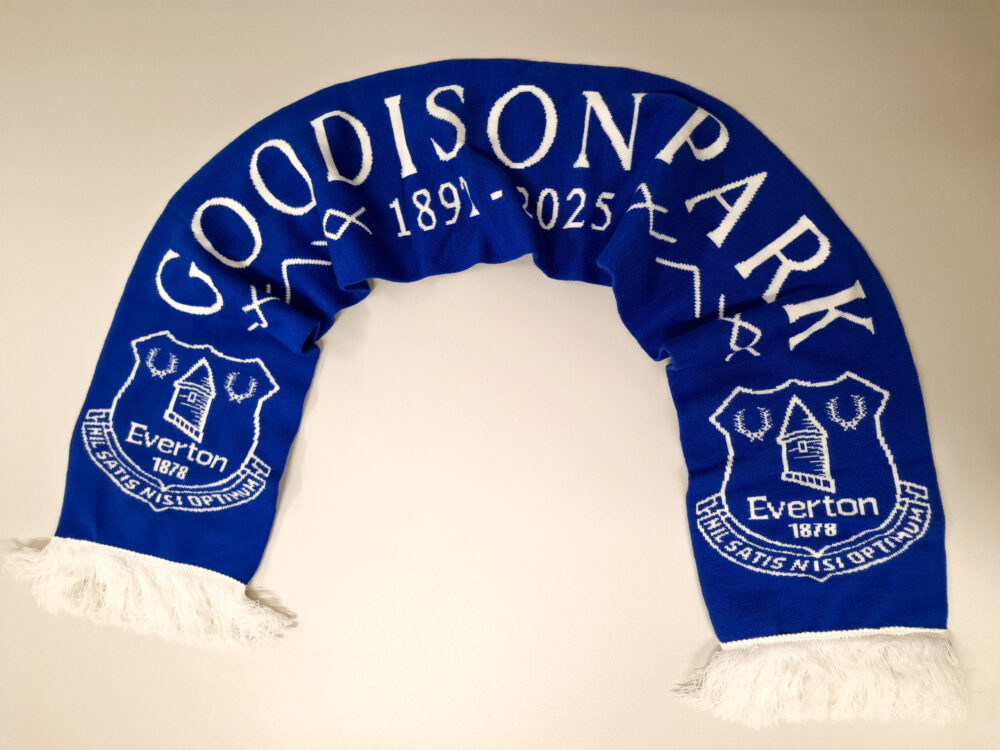




 Subscribe
Subscribe Follow Us
Follow Us Follow Us
Follow Us Follow Us
Follow Us Follow Us
Follow Us Follow Us
Follow Us


